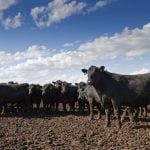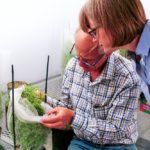Reuters — Canadian farmers harvested the biggest canola crop on record, slightly larger than was expected in September, a Reuters survey of 15 traders and analysts showed ahead of a key government report. Wheat production is also seen higher than earlier expectations, as favourable weather produced big yields. Statistics Canada will release its final crop […] Read more












